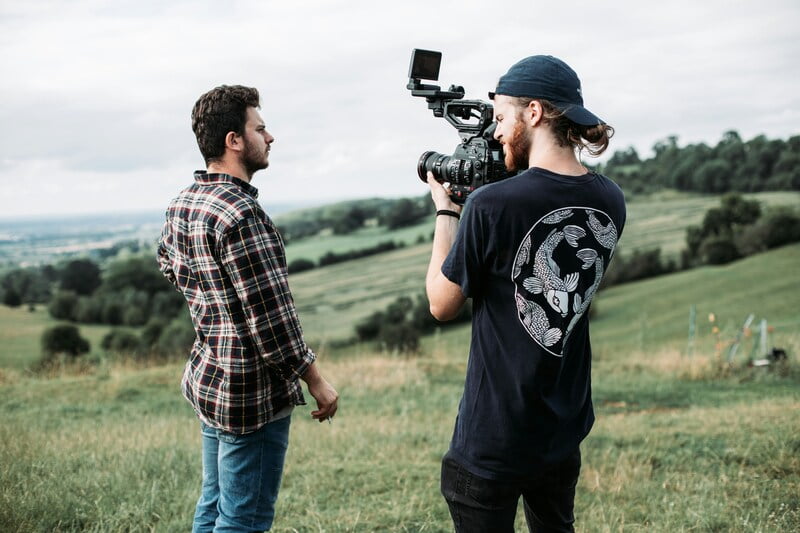Have you ever watched a documentary that completely changed your perspective or deeply moved you? If you’ve wondered how to make such a great documentary, the simple answer is – be authentic.
Nobody is born a perfect documentary filmmaker; you become one by shooting and learning as you go. However, you can speed up the process by defining your process and asking important questions before you head out to filming. In this article, you’ll learn:
- Essentials of a good documentary.
- Basic steps in documentary creation.
- Tips for engaging storytelling.
- Methods for distributing and promoting your film
Creating a documentary is about telling an engaging story, but that story is always told from a certain angle. You need to find yours.
01 Find YOUR Story
Some documentaries unfold over several years, capturing life’s evolving stories much like the renowned Up! series, which has chronicled its subjects for decades.
While yours might be shot in a couple of days, it will still require a lot of effort and patience, so be sure to make it worth your time.
We can jump into a philosophical discussion about the topic of your documentary, but it boils down to a simple rule: it’s something that interests or concerns you.
Either of those means you’re seeking answers to your questions, and if you’re not sure how to uncover your story, just ask yourself a simple question: Why?
The Power of Why
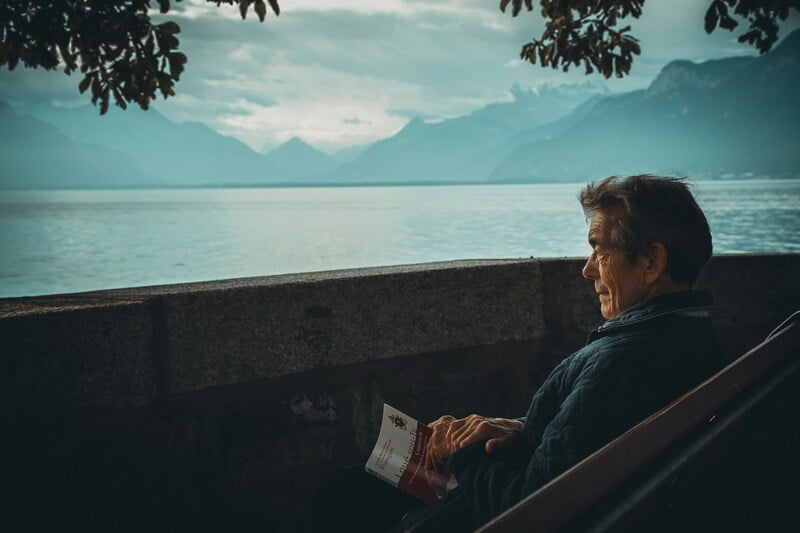

Why is a crucial question in documentary filmmaking, guiding both the focus of your film and its connection to the audience.”
- Why does this story interest you?
- Why should it matter to your viewers?
These are the first questions to ask yourself.
Your friend training to swim the English Channel with heart issues is far more engaging than just filming a regular swimming competitor.
Find interesting topics in the ordinary world.
Sounds too complicated? Turn to filming subjects that cannot reject you.
Start From Yourself


Are you looking to start waking up at 5:00 AM regularly to be more productive? Document it.
Record your successes and failures.
Too shy to speak in front of the camera or even show yourself?
Follow the approach of many Vloggers on YouTube: write your narration with captions and shoot from your point of view.
Good stories are all around us. Don’t hesitate to explore them from a new angle.
Be Open to New Ideas
Everything about the 3-hour documentary Human, directed by Yann Arthus-Bertrand, is encapsulated in its title—it’s a film about the human race.
It attempts to capture what makes us human by interviewing people worldwide, asking them the same questions about life—purpose, happiness, and love—complemented by breathtaking footage from locations across the globe, from the Sahara desert to the Amazon forest.
In this case, the diversity of cultures and beautiful poetic imagery are what will keep viewers hooked, not classic narration.
Now, you might not have millions of dollars like the director of Human, but each of us possesses something unique—our perspective and the way we choose to present it.
02 Choose Documentary Style
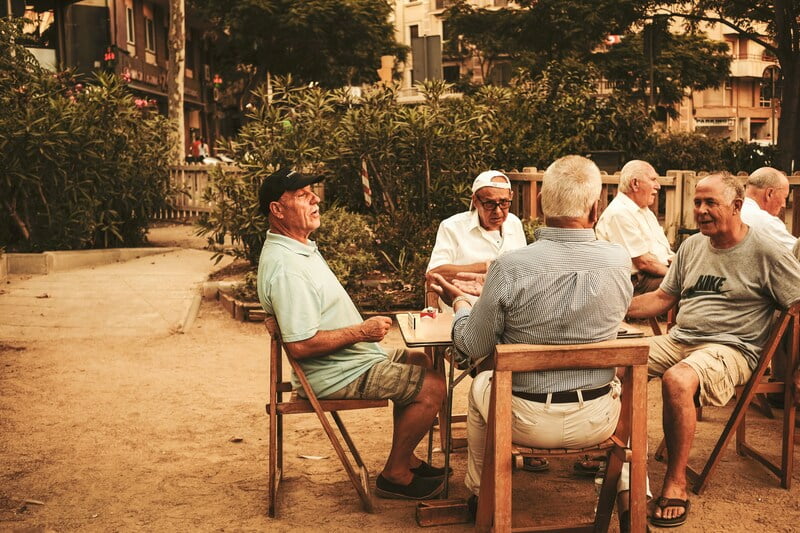

There are four main types of documentaries, and understanding which one aligns with your project can significantly aid in planning it effectively.
Poetic documentaries focus on creating a mood or feeling, using imagery and experiences and , emphasizes emotion over linear storytelling.
Expository documentaries are what most people associate with the term “documentary.” These films typically employ a narrator to provide information, aiming to educate the audience on a particular topic. Think of History Channel.
Observational documentaries offer an unfiltered look at events, striving to present things “as they are” without the filmmaker’s influence altering the narrative. What you shoot tells the story.
Participative documentaries see the filmmaker becoming part of the story through their questions, comments, and interactions. In a great documentary Stories We Tell director Sarah Polley explores family’s secrets—including one intimately related to Polley’s own identity. In this film she is the author, participant-actress and the narrator.
Find the Angle
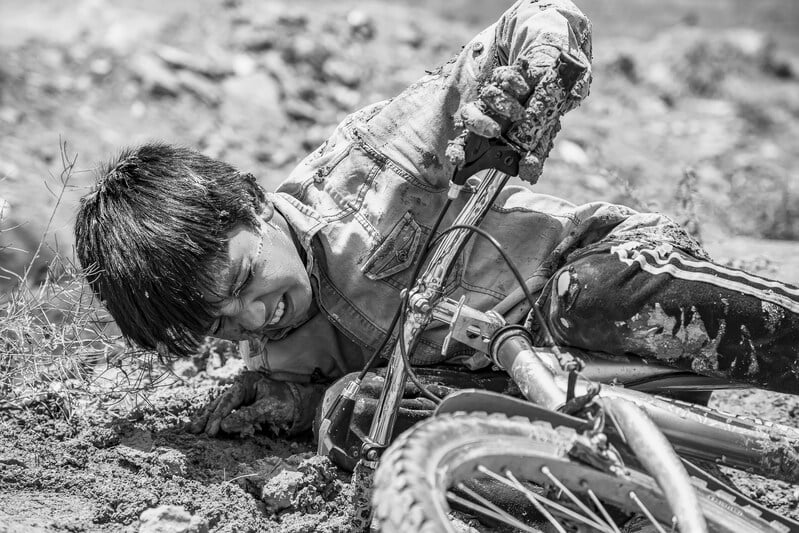

Remember, you can approach a story in different ways.
For instance, if you’re telling a story about a friend trying to swim across the Channel, you could use an expository approach to focus on the facts, an observational approach to document his daily progress, a participative approach to include your own interactions and reflections, or a poetic approach to highlight the beauty and challenge of swimming.
In the example of our friend the swimmer knowing what he’s up to (information) isn’t enough.
Aim for Information and Emotion
Our audience will want to get a grip of why he’s doing it, what his dreams, hopes and struggles are (emotion).
Information and emotion are the ones that will connect us with your story.
Sharing your idea and receiving feedback is an excellent way to make sure you’ve got both.
03 Pitch Your Story
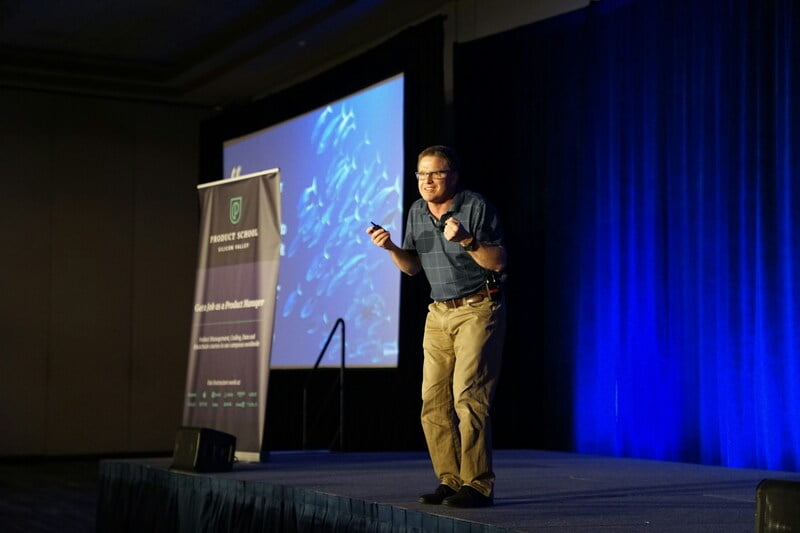

One of the best avenues for this is applying to various documentary workshops, which offer networking opportunities, connecting you with experienced filmmakers and peers in similar stages of their careers.
These workshops, often free of charge, provide feedback that can be instrumental in developing your story and might even help secure funding.
Pitching isn’t limited to workshops and festivals. Present your story to a friend for constructive feedback or post it online in filmmaking groups.
The input from these sources can help sharpen your ideas. If this process seems too daunting, or if you prefer to dive straight into filming, that’s okay—just don’t skip the preparation phase.
04 Prepare For the Shooting
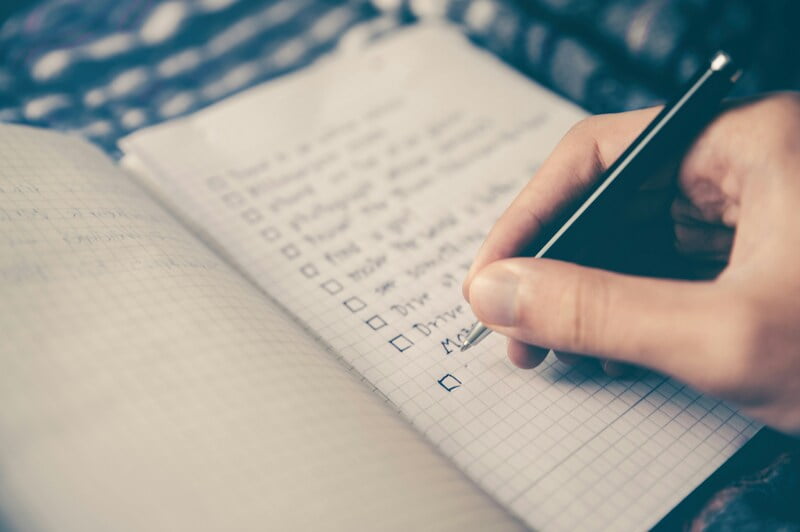

It might sound boring, but thorough preparation is crucial for everything that follows.
Ensure you have all necessary shooting permits, especially if filming in locations that require them. If unsure, double check.
Spend Time on Location
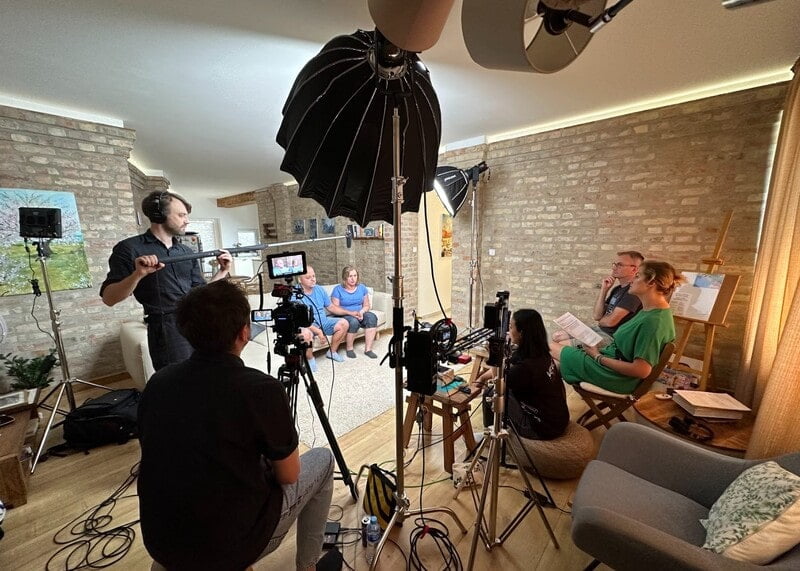

Spend time at your location and with your protagonists, if they are part of your documentary.
This not only provides insight into how to prepare your technical gear but also helps build relationships with your protagonists.
Get to Know Your Subjects
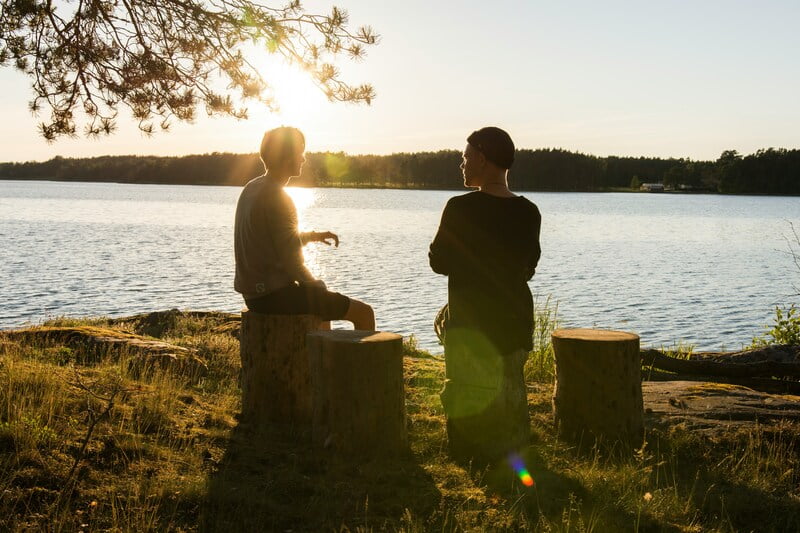

Getting to know them better establishes trust, making them more willing to open up and act authentically.
Remember, the goal is honesty without deception, as it will only backfire. However, remember you’re there to tell a compelling story, not necessarily to make friends.
Balancing this dichotomy is key to creating a meaningful documentary. Ethical behavior towards your participants is a must.
Next, familiarize yourself with your shooting gear.
05 Test Your Equipment
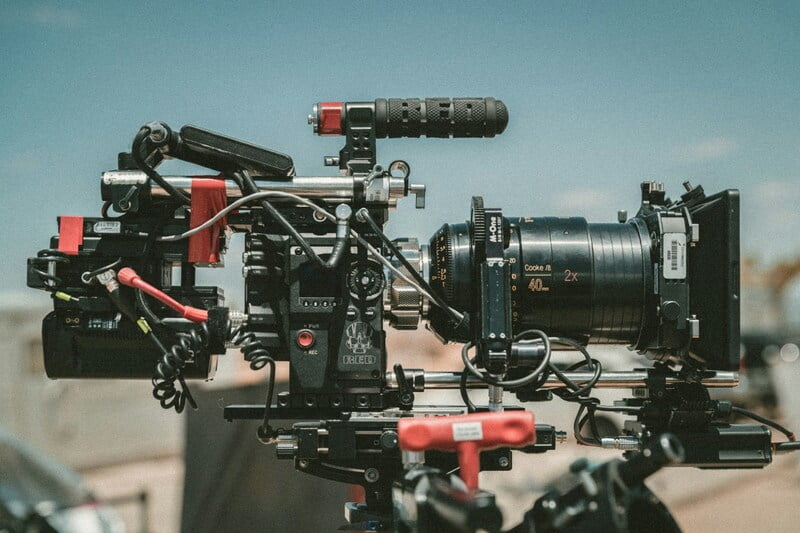

Before you start filming, checking your equipment is critical to avoid technical issues during crucial moments.
Select gear that matches your filming style and the documentary’s needs.
If your project involves walk and talk or dynamic interaction with subjects, choose lightweight and adaptable cameras to facilitate smooth movement.
Choose Appropriate Camera(s)
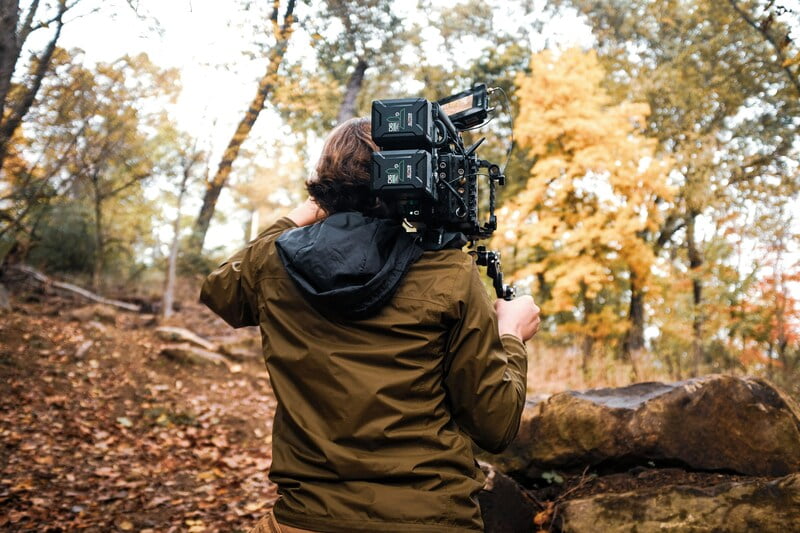

Depending on your documentary’s nature, you may use 2 cameras, particularly for interviews, to make the editing process more dynamic.
For projects focusing on longer, uninterrupted and poetic shots, a single camera might be enough.
Remember, the essence and emotion of the moment are more important than technical perfection in each shot. It’s about telling your story with the help of a camera.
As one of my colleagues put it: “The biggest thing I got from shooting documentaries is that the beauty of the shots comes after the protagonists and story.”
In many cases, you’ll have to work fast and in those moments getting the story and emotion right will be more important than making the shot perfect.
However, there is one thing, you’ll always want to get perfect
Audio Quality is Key
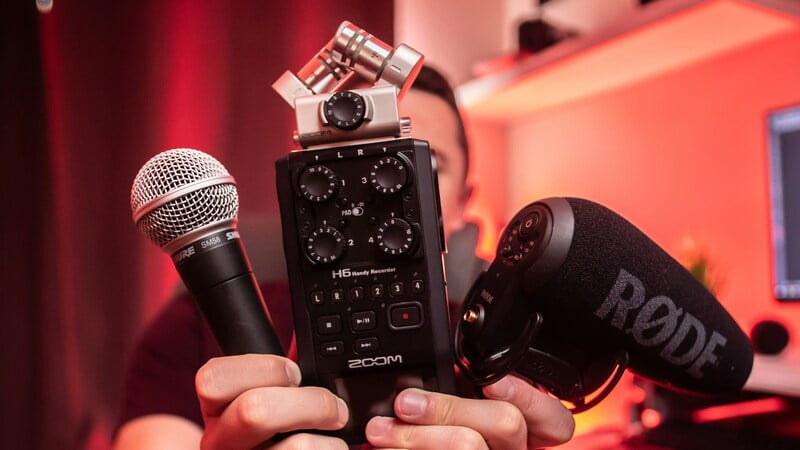

If sound captured on the location plays an important role in your documentary, make sure you’re covered.
Thinking about sound design in advance will save you time and money, and give you more freedom during shooting.
I’ve seen a lot of great documentaries with average photography, but not one where sound played an important role but was captured badly.
If you have to cut the budget, do it rather on camera, than on the sound.
If you’re filming subjects, make sure you have a lavalier mic (a small mic that attaches to the speaker’s clothing) and a boom mic. In case you’re doing it all by yourself or you’re tight with the budget go with a lavalier mic and on-camera mic.
Once you’re all set for shooting don’t forget the crucial ingredient.
Be Patient
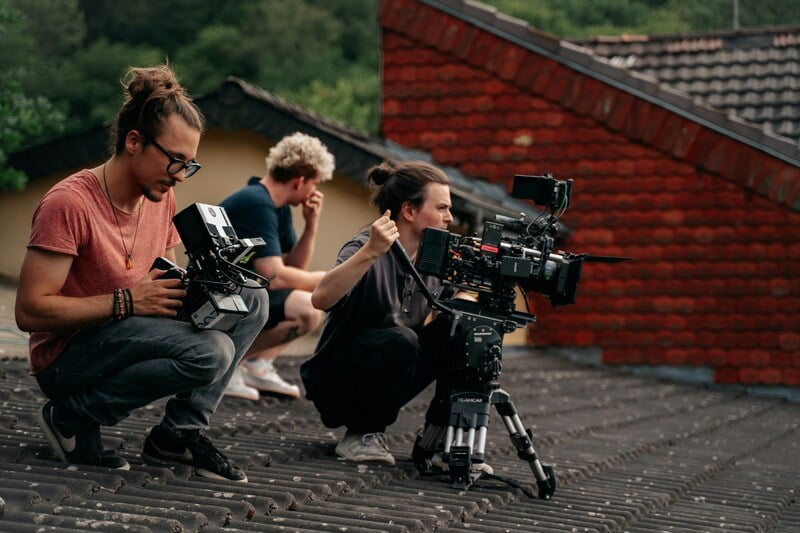

Unlike feature films that feel like a fast train that’s always running late, documentaries often feel like fishing.
You’re there, you filmed everything that you wanted but nothing happened.
Until it actually does.
Just as with fishing, waiting will pay off eventually. Sometimes one shooting day with great material will make up for all the ones you feel that didn’t move the needle your way.
But just because nothing is going one, that doesn’t mean you should do nothing.
You might have filmed everything planned, yet nothing significant happens—until it does.
Like fishing, patience eventually pays off, with one day of great material compensating for any perceived lack of progress.
Just because nothing is happening right now, it doesn’t mean you can’t do anything about it.
06 Ask Questions, Be Creative, and Roll the Ball


If you find yourself stuck during the shooting, remember the value of B-roll—that extra footage that isn’t your main action but enriches your story.
It’s crucial for smoothing out the edit and keeping viewers engaged.
Use the Power of B-Roll
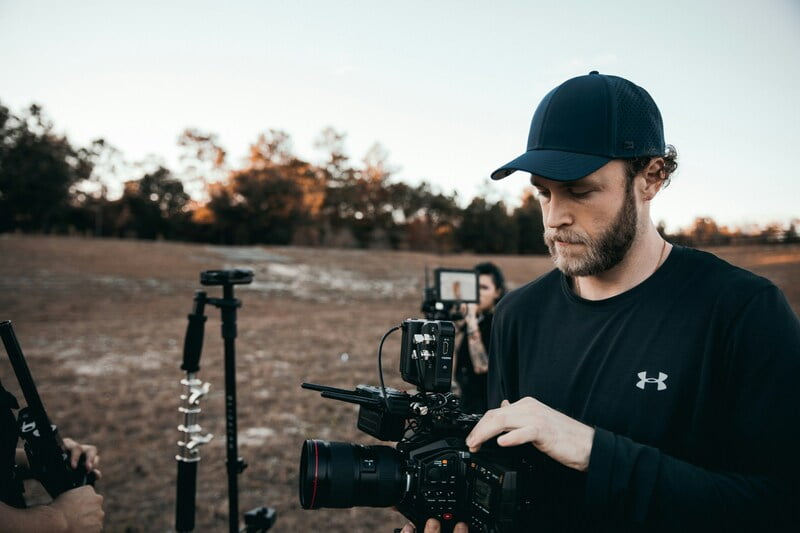

Maintaining balance is key; too much B-roll can distract from the primary narrative, while too little might leave you lacking material to connect scenes.
Imagine documenting the solitary life of a farmer on an isolated farm, with bad weather limiting the outdoor filming you planned to use across your documentary.
This isn’t a dead-end but an opportunity to explore different facets of his life.
Be Proactive


Capture the mood of the rain to emphasize solitude, conduct an indoor interview to go deeper into his thoughts, or document indoor activities to illustrate daily life. Search proactively to provoke events.
Suggesting a trip to the nearest town to get groceries might offer a unique insight into the solitary lifestyle. Keep an eye out for these moments to enrich your story, even if it means taking an unexpected turn.
The ability to adapt and find creative solutions during shooting will be crucial in the documentary filmmaking process.
07 Be Open to New Solutions
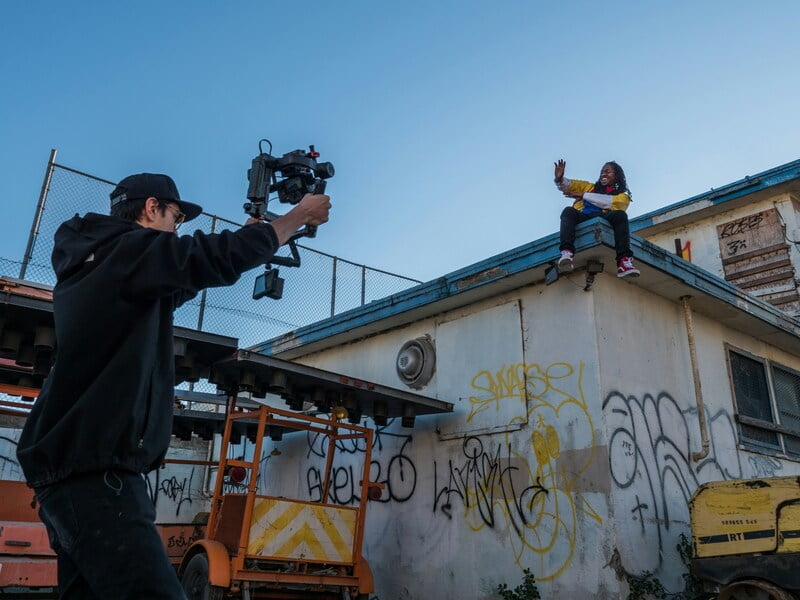

More than feature films, documentaries depend on the story that unfolds in front of you as you’re shooting. In many cases, you will not know what is going to unfold next.
In the case of our swimmer with heart issues trying to swim across the English Channel, during the shooting, you might discover your real story might not be about swimming but your friend’s relationship with his family.
The story you came for and the material you got might be pointing in different directions. If that’s the case, be open to accepting new directions that might improve your story, or even tell a more important one.
08 Organize and Improvise
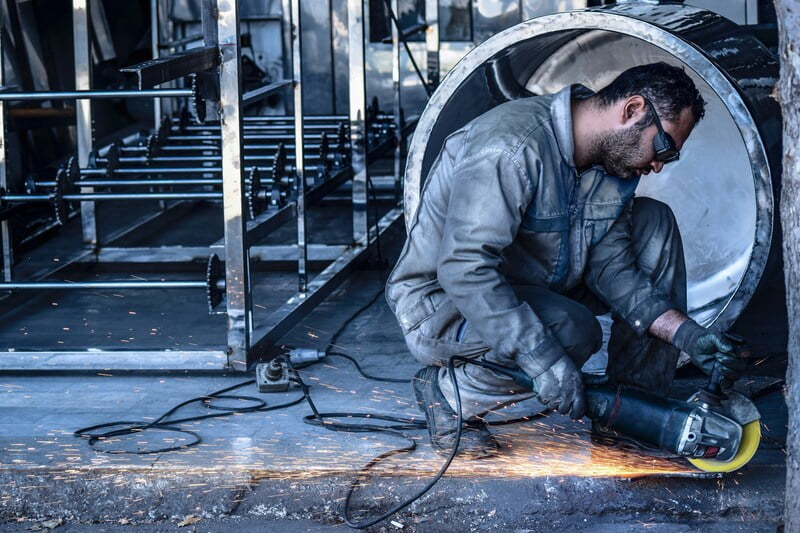

A famous film quote highlights that a film is “written” three times: during scripting, shooting, and editing.
It couldn’t be more true for documentaries.
While filming, you might face surprises:
- Your main subject might not be as interesting as you thought.
- The story ends sooner than expected.
- Important subject doesn’t want to be filmed anymore.
These challenges can actually make your film better:
- You might shift focus from a person to a broader story.
- An ending can lead to a new chapter in your story
- A subject that quits becomes a supporting character.
Having stock of B-roll will come in handy in those situations, just as exploring a couple of options in the editing room will.
09 Find Your Story In Editing Room
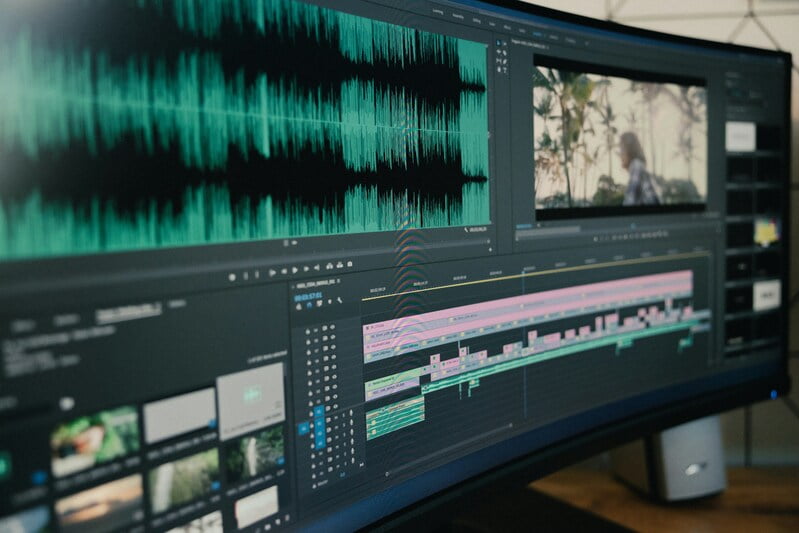

After filming a story about a railway station in my hometown, I found myself having trouble in the editing room.
The story we were trying to tell with interviews from railway workers and the footage we recorded didn’t add up. That’s when the editor and I realized that we might actually have too much.
Kill Your Darling
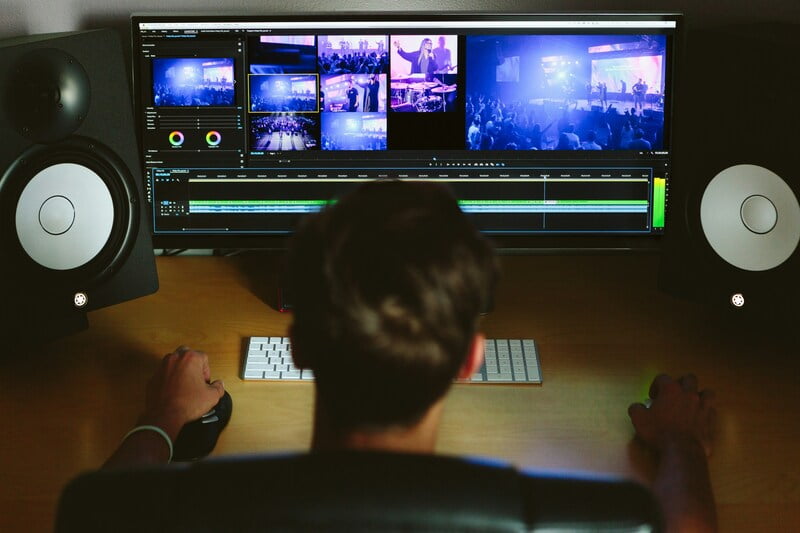

This phrase is often used by screenwriters to describe the necessity of removing elements that may have required a lot of effort to create but need to be eliminated to improve the overall story.
The same principle applies in the editing room.
In my case, we removed interviews, although there was some great material there, and decided to tell our story visually with footage and atmospheric sounds.
Direct Your Audience‘s Attention


This approach allowed the station and what we found there to tell its story. We sacrificed individual parts that were good to achieve a better film as a whole. This moved our documentary to a more observational and poetic type. It was the right call; it made it more authentic.
After you find what you were looking for and finish your documentary it’s time to let the world know it exists.
10 Set Your Documentary Free
If your documentary got funded and produced by a production house, it’s usually the producer’s task to submit the documentary to festivals. More experienced producers will have better insights into which ones might be the best match for your film.
Submit Your Documentary To Festivals
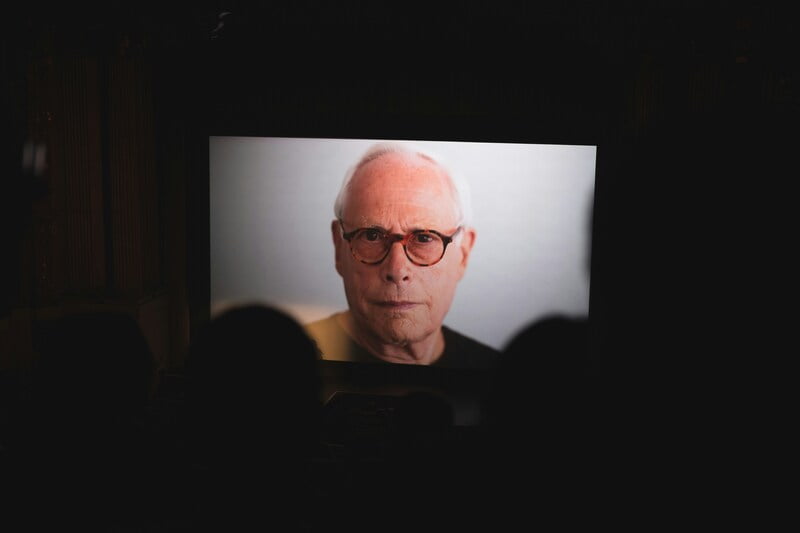

In case you’re a one-man army, it’s going to be a numbers game. Submit your films to as many documentary festivals as possible and target those with no or small submission fees. Start with local ones. A larger submission fee isn’t necessarily an indicator of a better-ranked festival.
One of the best things about attending festivals and entering online documentary communities is networking. Most filmmakers are passionate about their art and will be keen to share their experience. It’s a great way for you to learn and develop as a filmmaker.
If you plan to submit your documentary to festivals, make sure not to upload it to streaming platforms, such as YouTube or Vimeo, with unrestricted access.
Be wary of platforms serving as middlemen, promising to take your documentary to prestigious festivals. Most of them operate in gray areas.
Use Social Media


You can also take advantage of social media to share information about your project and story. This can be especially effective if you’re active on social media and post regularly.
CONCLUSION
Filming a documentary is a journey is an adventure filled with persistence, learning, and plenty of editing.
Stay true to your story’s essence but also be open to new opportunities that arise during filming.
Review the tips in this guide and prepare thoroughly before you begin; it’ll save you time and stress, and help you end up with a more interesting documentary than you initially planned.
Got a documentary idea? Reach out to us at HayotFilms or leave a comment below. Documentaries are our passion, and we’re eager to help you bring your vision to life.
Happy filming!

